#biomimeticstructures
Explore tagged Tumblr posts
Photo
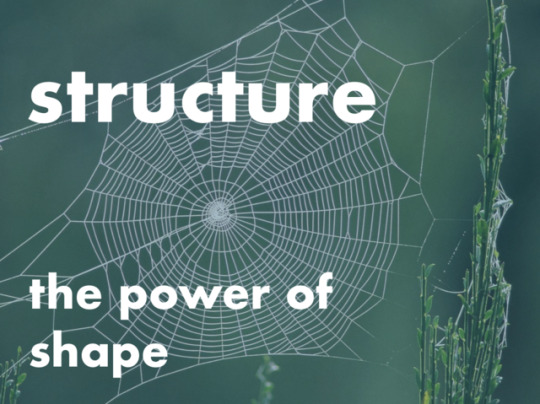
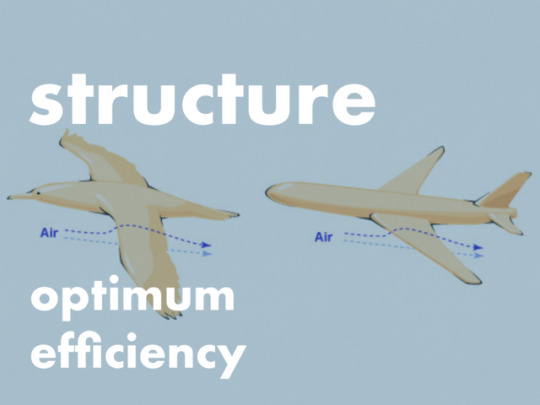
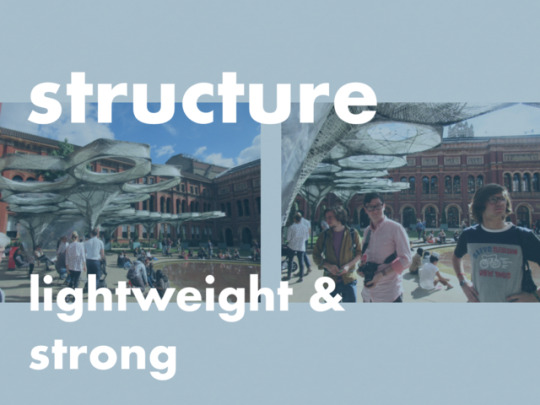
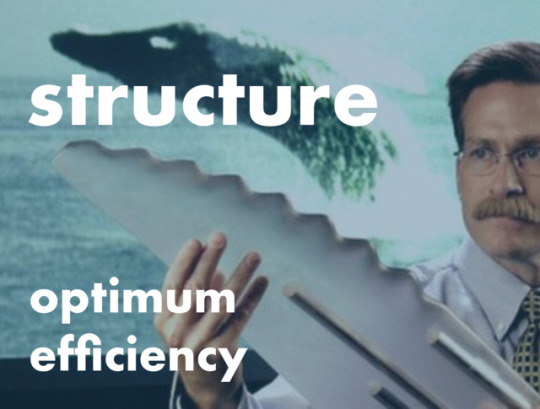
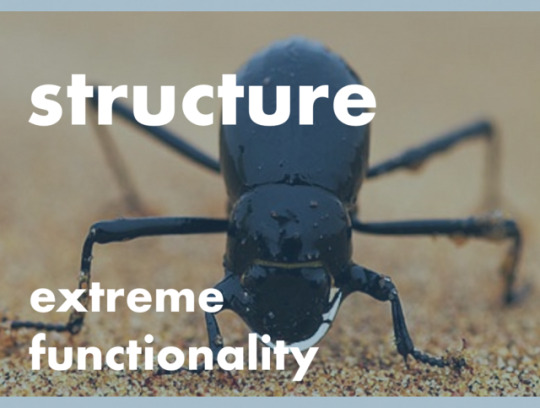
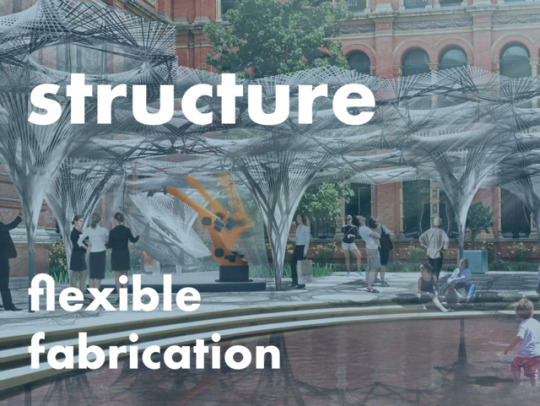
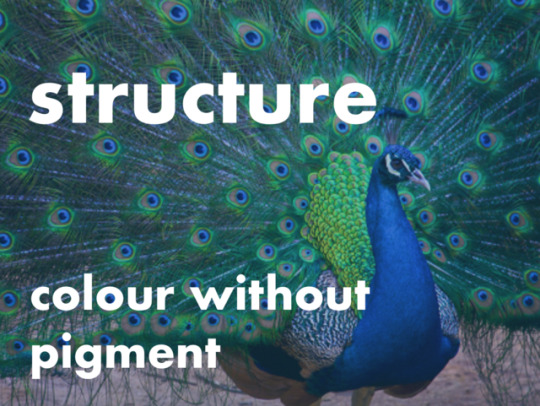
Biomimetic structures
As for structures, nature consistently demonstrates the power of shape. Strong and lightweight structures like spiderwebs or even lily-pads are feats of elegant engineering, not to mention the complexity of our skeletons. Nature is a master of architectural precision.
We all saw this in London in September, the Elytra Filament Pavillion @ the V&A. The design draws on research into lightweight construction found in nature. It is inspired by the filament structure of the shells of flying beetles. Each component of the canopy is produced using a robotic winding technique developed by the designers.
Unlike other fabrication methods, this does not require moulds and can produce an infinite variety of spun shapes, while reducing waste to a minimum…nature would approve. Additive manufacturing is a good step in this direction.
Nature also uses shape and surface to carry out more specific functions very efficiently. The humpback whale, for example, doesn’t look very agile but in fact is highly aerodynamic. The fins have little bumps or tubercles on them, which can increase efficiency over a smooth surface by about 32%.
This could lead to impressive fossil fuel savings if implemented in aircraft - which are already heavily influenced by nature’s flying organisms, but could be improved further by diversifying and looking beyond the obvious counterparts to other species, like the whales. Another surface example, which many of us saw on Attenborough’s Planet Earth II, Micro-sized grooves on this desert beetle’s body can help condense and direct water toward the beetle’s awaiting mouth, while a combination of hydrophilic and hydrophobic areas increase fog- and dew-harvesting efficiency. This technique has already inspired fog nets and a self-filling water bottle. Surface shape can also create colour without pigments by manipulating light, as the peacock does. Imagine being able to self-assemble products with the last few layers playing with light to create colour in an energy efficient way that doesn’t harm the planet like some pigments do.
2 notes
·
View notes